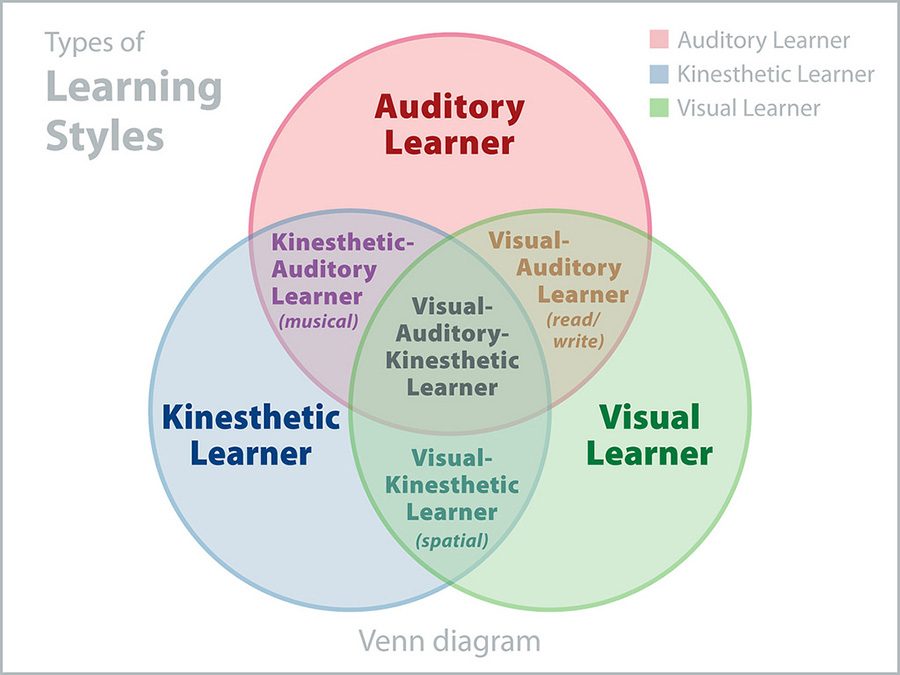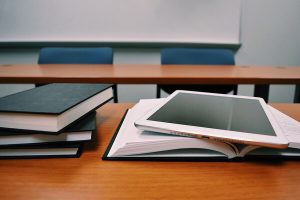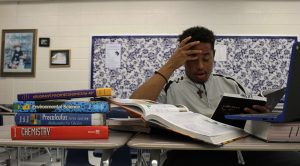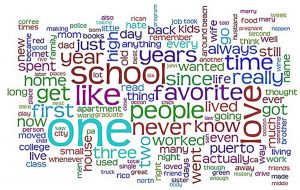Learning has more depth to it than it seems
Photo via Flickr (JoanDragonfly) under Creative Commons license
Students’ learning style follow them beyond high school. Knowing one’s learning style can help conquer the stress and anxiety that may come during the education process.
February 20, 2019
As unbearable as stress can be, it’s needed to help keep a person motivated. The rush to complete a task doesn’t work for everyone, since everyone learns differently.
Students can often be stressed when they don’t know their learning styles. While one person understands the information it takes others more time or absorbing it in a different way. For instance, the four commonly known styles of learning are visual, auditory, reading and kinesthetic, known collectively as VARK.
Visual learners are those is who prefer to learn using visual aids.These learners often prefer diagrams rather than information being explained in a interactive activity. Visualizing a scenario helps to imagine how the situation works.
Auditory learners are those who benefit when information is heard or spoken. Audio books are a key resource for auditory learners.
Personally, I am an auditory learner, so when I hear the information being spoken, I understand it more than just reading. After class, I often try to review the information with my own methods to help me learn, such as reading out loud or trying to discuss a topic I’m learning about with someone.
Reading and writing learners have a similar style to visual learners. Books and PowerPoints are their main source, since it comes naturally to them. Writing down terms on a note cards or reading through notes is beneficial to them.
Kinesthetic learners are also known as tactile learners. They perform best through experiences and physical activity. For instance, doing a lab in a science class will be able to help the student process the information, rather than completing a worksheet.
Most teachers usually teach in a style that is centered to visual learners. PowerPoints and notes are expected to be the students’ primary resource. This makes the learning process harder and challenging to perform well in academic studies.
Once students are able to recognize their styles, it makes the learning process trouble-free and they are able to prepare better for assignments with less difficulty. They are able to focus and eventually succeed.









